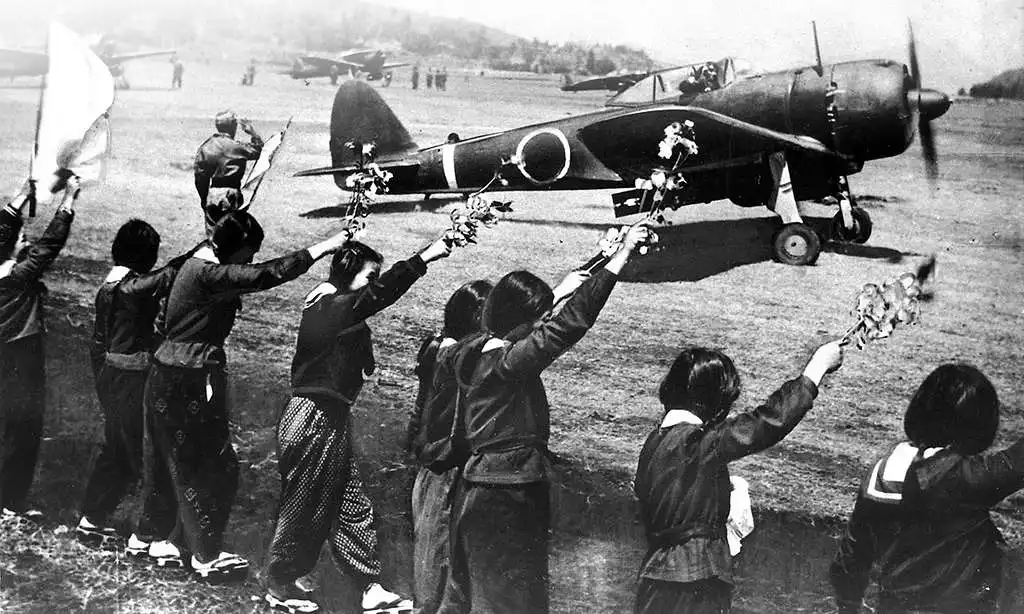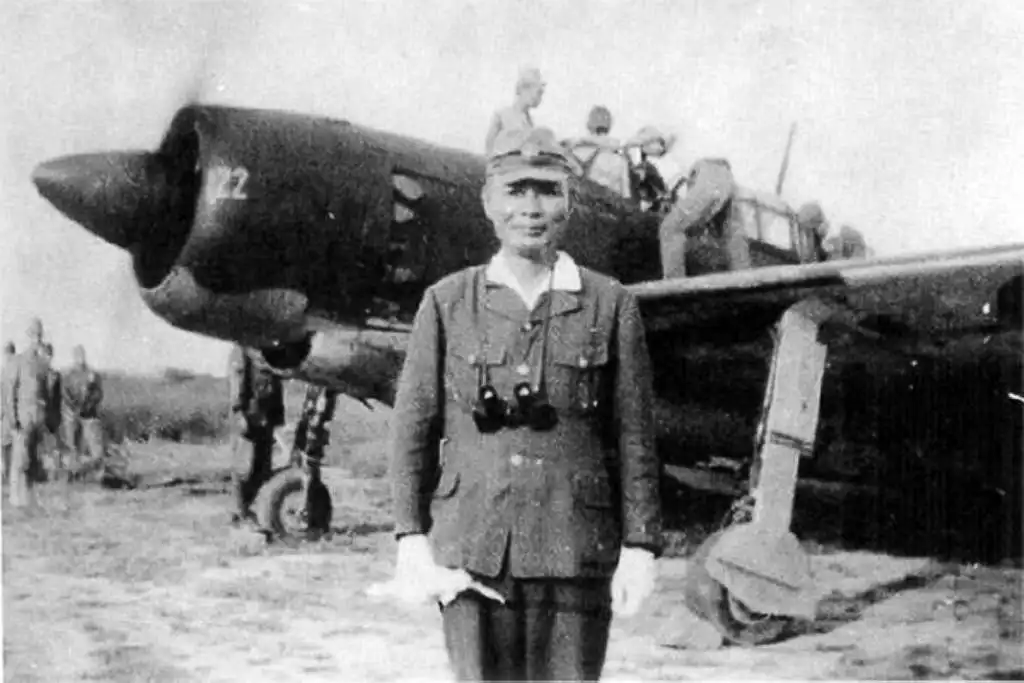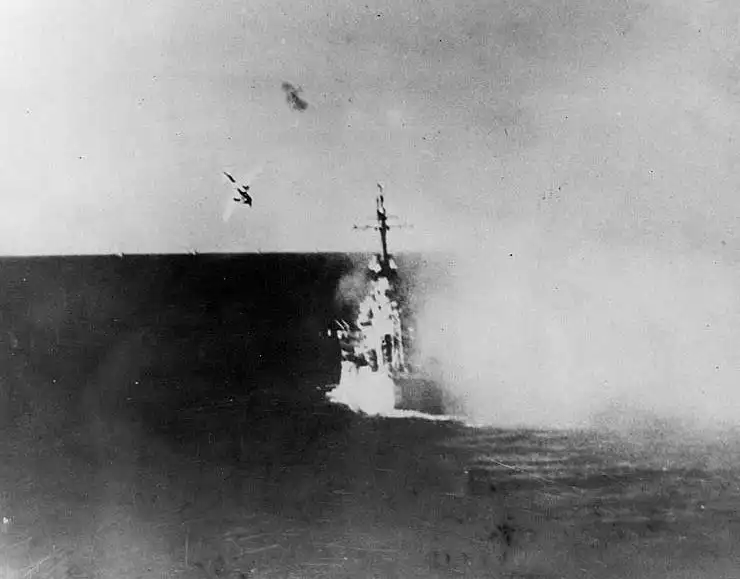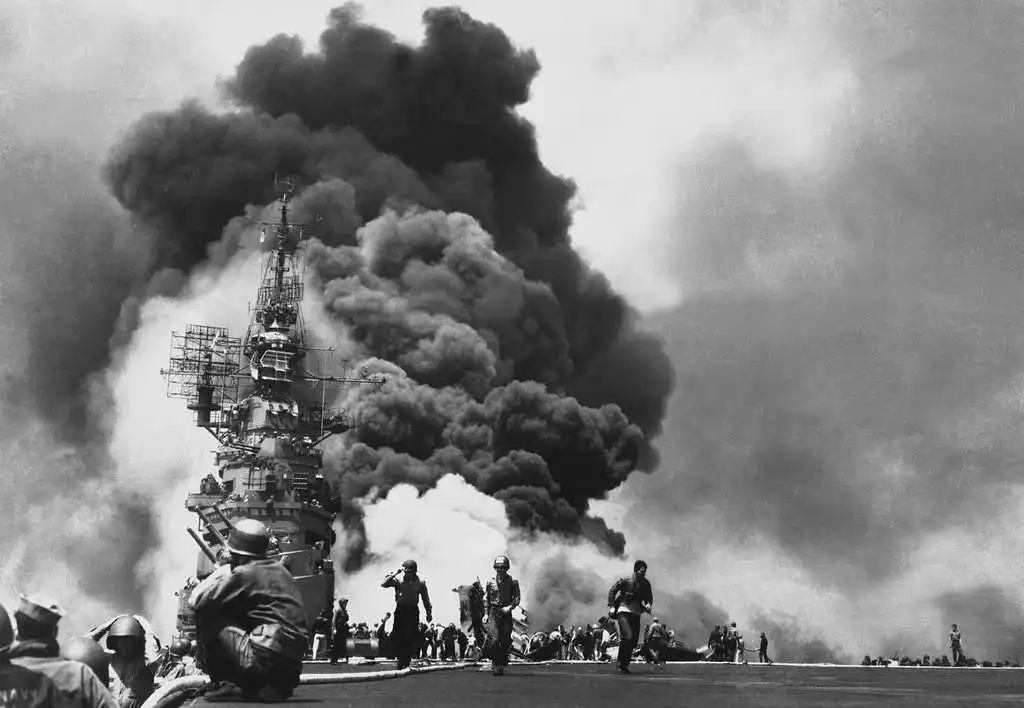The term “kamikaze” often evokes images of fearless Japanese pilots sacrificing themselves for their country during World War II. However, the kamikaze concept extends beyond its popular association with suicide attacks. In this article, we will explore 20 captivating facts about kamikaze, shedding light on the historical, cultural, and strategic aspects of this phenomenon.
20 Fascinating Facts about Kamikaze
1. Origin of the Term
The word “kamikaze” derives from the Japanese phrase “kami kaze,” meaning “divine wind.” The term was inspired by two historical events: the Mongol invasions of Japan in the 13th century, which were thwarted by typhoons, and a typhoon that allegedly saved Japan from a Chinese invasion in 1281.
October 25, 1944, marked a significant turning point in the history of kamikaze tactics during World War II. On this date, the first organized kamikaze strikes were carried out by Japanese pilots against the Allied forces in the Battle of Leyte Gulf.
2. Historical Precedence
The concept of kamikaze tactics can be traced back to the latter stages of World War II when Japan was facing a dire military situation.
During this time, Lieutenant Yukio Seki, a Japanese naval officer, played a significant role in advocating for the use of suicide attacks as a strategic weapon. Seki proposed the idea of crashing manned aircraft into enemy ships, aiming to maximize damage and disrupt the enemy’s advance.
It is important to note that while Seki played a role in popularizing the idea, the concept of using suicide attacks as a military strategy was not entirely unique to him. The idea of sacrificing oneself for the greater good or for a noble cause has existed in various cultures throughout history.
Seki’s proposal gained attention and support within the Japanese military leadership, particularly the Imperial Japanese Navy. As a result, kamikaze units were formed, and pilots were selected and trained to carry out these suicide missions.
These pilots, motivated by a deep sense of duty and loyalty to their country, willingly volunteered for kamikaze missions, believing that their sacrifice would not only inflict significant damage on the enemy but also boost Japanese morale and turn the tide of the war.
The Battle of Leyte Gulf, which took place in October 1944, marked the first large-scale use of kamikaze attacks by the Japanese. During this battle, the kamikaze pilots targeted the Allied fleet, primarily focusing on aircraft carriers, battleships, and other high-value naval vessels.
The kamikaze attacks during the Battle of Leyte Gulf and subsequent battles in the Pacific theater had a profound impact on both sides of the conflict. The Japanese pilots’ willingness to sacrifice their lives instilled fear and psychological distress among Allied sailors and pilots.
However, it is crucial to emphasize that while kamikaze attacks did cause significant damage to the Allied fleet, they were not enough to alter the overall course of the war. The numerical and technological superiority of the Allied forces, coupled with Japan’s dwindling resources, ultimately led to Japan’s defeat.
Lieutenant Yukio Seki contributed to popularizing kamikaze tactics during World War II, but the concept itself had roots that extended beyond his involvement. The desperate military situation faced by Japan during the war prompted the adoption of kamikaze tactics, and the pilots who volunteered for these missions left a lasting impact on the historical narrative of warfare.
3. Volunteer Pilots

Kamikaze pilots were volunteers, often from the ranks of the Imperial Japanese Navy. They were motivated by a deep sense of duty and loyalty to their emperor and country, believing their sacrifice would turn the tide of war in Japan’s favor.
4. A Last Resort Strategy
Kamikaze tactics were employed by Japan as a desperate measure during the later stages of World War II when defeat seemed imminent. The strategy aimed to counter the overwhelming military power of the Allied forces.
5. Selection and Training

Pilots chosen for kamikaze missions underwent rigorous training, including mastering the art of diving at high speeds to maximize impact. They were conditioned to view death as an honorable path and were often exposed to intense indoctrination.
6. Diverse Aircraft Types
Kamikaze missions involved various types of aircraft, including fighter planes, bombers, and even unmanned gliders filled with explosives. The Mitsubishi A6M Zero fighter was commonly used due to its maneuverability and range.
7. Targets
Kamikaze attacks primarily targeted Allied naval vessels, including aircraft carriers, battleships, and destroyers. These attacks aimed to disrupt the enemy’s naval superiority and break their morale.
8. Impact of Kamikaze

The kamikaze attacks inflicted significant damage on the Allied fleet. Between October 1944 and August 1945, they sank or damaged over 300 ships, resulting in the loss of thousands of lives.
9. Psychological Warfare
The psychological impact of kamikaze attacks cannot be underestimated. The fear of facing an enemy willing to sacrifice their lives instilled a dread among Allied sailors and pilots.
10. Countermeasures
To defend against kamikaze attacks, Allied forces developed strategies such as anti-aircraft artillery, radar-guided systems, and fighter aircraft patrols. However, these measures were not foolproof, and kamikaze attacks remained a serious threat.
11. Kamikaze Pilots’ Personal Effects
Pilots often left behind personal mementos or letters before embarking on their missions. These possessions, including photographs and farewell letters, served as a way to honor their memory and provide comfort to their grieving families.
12. Kamikaze Attacks on Land

Kamikaze tactics were not limited to naval warfare. Japan also employed suicide attacks on land, particularly during the Battle of Okinawa. These attacks aimed to stall the Allied advance and inflict heavy casualties.
13. Kamikaze Impact on Japanese Culture
The kamikaze phenomenon left a profound impact on Japanese society, evoking both admiration and controversy. Some viewed the pilots as national heroes, honoring their sacrifice and unwavering loyalty. However, others questioned the ethics and effectiveness of such extreme tactics.
14. Kamikaze Survivors
Contrary to popular belief, not all kamikaze pilots perished in their missions. Some pilots returned due to technical failures or changed circumstances, leading to mixed feelings of relief and guilt.
15. Kamikaze Legacy
The legacy of kamikaze extends beyond World War II. The concept has influenced popular culture, with references in literature, film, and music, showcasing both the heroism and tragedy associated with these acts.
16. Post-War Reconciliation
In the post-war era, efforts were made to reconcile with former enemies. Surviving kamikaze pilots played crucial roles in promoting peace and fostering friendships with former adversaries, symbolizing the resilience of the human spirit.
17. Controversies and Debates
Kamikaze attacks continue to be a subject of debate among historians and scholars. Discussions range from analyzing the effectiveness of the tactic to examining the ethics of intentionally sacrificing human lives.
18. Commemoration and Memorials
Throughout Japan, numerous memorials and museums pay tribute to the kamikaze pilots. These sites serve as reminders of the sacrifices made and the lessons learned from this dark chapter in history.
19. Kamikaze Today
While kamikaze tactics are no longer employed in modern warfare, the term has been figuratively used to describe acts of extreme bravery or self-sacrifice in various contexts worldwide.
20. Lessons Learned
The kamikaze phenomenon provides valuable lessons about the devastating consequences of war and the human capacity for sacrifice. It serves as a reminder of the importance of seeking peaceful resolutions to conflicts and cherishing the value of human life.
You may also like:
6 Famous Predictions by Nostradamus
Conclusion
The kamikaze pilots of World War II left an indelible mark on history, challenging conventional notions of warfare and sacrifice. Their unwavering devotion and selflessness continue to captivate and provoke contemplation.
By examining the facts surrounding kamikaze, we gain a deeper understanding of the cultural, strategic, and psychological aspects that shaped this unique chapter in military history. As we reflect on their actions, we are reminded of the importance of striving for peace and embracing the value of every life.
We hope you would have found this post 20 Fascinating Facts about Kamikaze useful!



